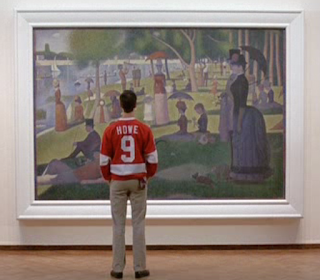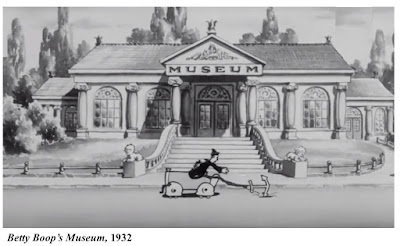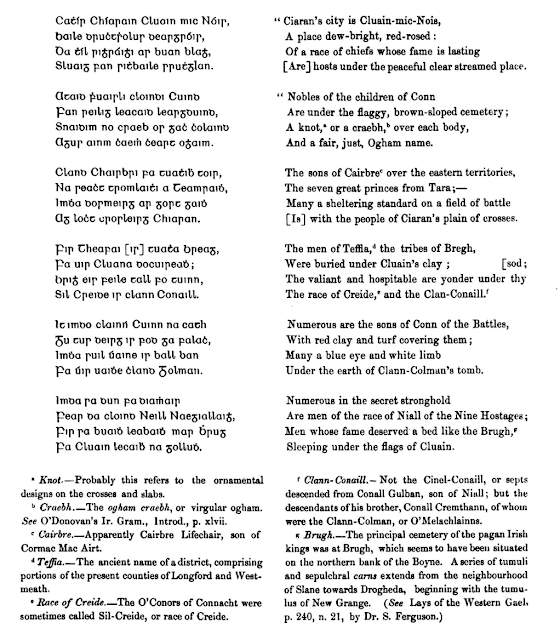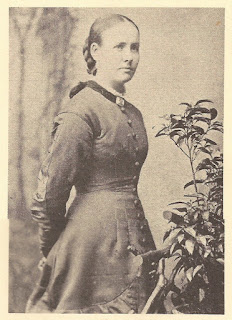Museums in Alfred Hitchcock Movies

Blackmail (1929) at the British Museum Alfred Hitchcock made four movies with museum scenes between 1929 and 1966. For the famous director, there was clearly a value not only in the compelling visuals of a museum, but in the curious juxtaposition of high culture and criminal activity that a museum could provide In Blackmail (1929) , Hitchcock actually made the transition from silent to sound films right in the middle of making the picture, and he left the first several minutes quiet. The plot: Alice White (Anny Ondra) is dating a detective from Scotland Yard but gets frustrated with him on a date and leaves with another man, who attempts to rape her. She kills him and runs away, not knowing that a local thief, Tracy (Donald Calthrop) has seen her. When Tracy tries to blackmail her, Alice finally (!) tells her boyfriend what’s happening. The police chase Tracy to the British Museum. He races up the stairs and through the Egyptian galleries, at one point low




